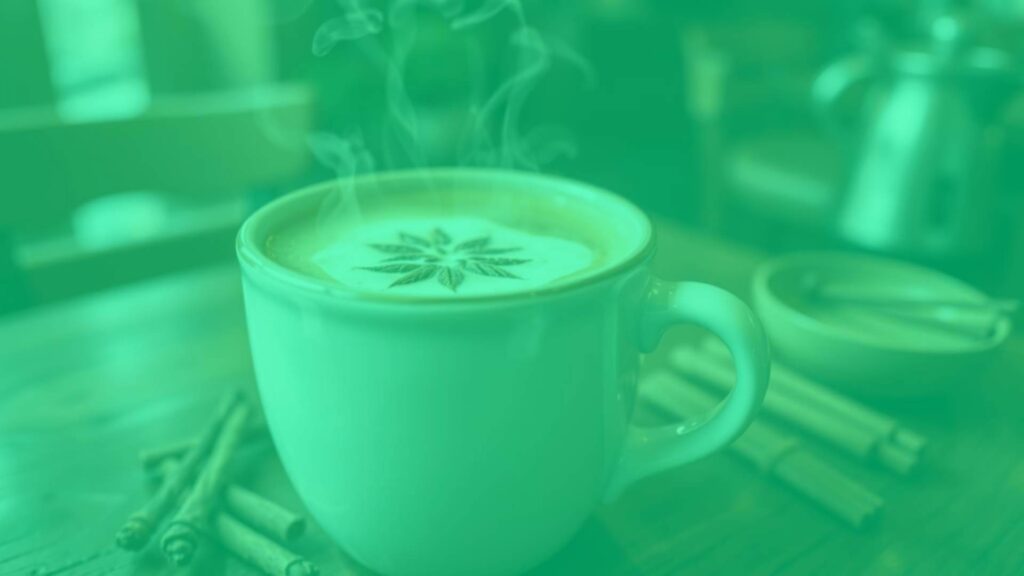Exploring the Chai Latte: Characteristics and Unique Qualities
The chai latte is a popular beverage found in coffee shops around the world, blending robust spiced tea with smooth, frothy milk. Although its roots trace back to Indian masala chai, the chai latte is a creation that reflects both traditional flavors and contemporary café culture. Distinguished by its aromatic blend of black tea, warming spices, steamed milk, and often a touch of sweetness, the chai latte stands apart for its comforting, creamy texture and fragrant, slightly spicy flavor profile.
Key Ingredients and Defining Features
The foundation of a chai latte is a concentrate or infusion of black tea mixed with spices such as cinnamon, cardamom, ginger, cloves, and black pepper. Steamed milk—typically whole milk but often substituted with non-dairy alternatives—completes the drink, lending a velvety mouthfeel and softer notes to balance the spices. Sweeteners like sugar or honey are commonly added to enhance and unify the flavors. The signature finish is a light layer of foam atop the drink, reminiscent of classic Italian milk-based coffees.
Preparation Methods
To prepare a chai latte, baristas usually begin with a strong, spiced tea base. This is blended with hot, steamed milk to create both warmth and creaminess, and topped with a modest foam. Some cafés craft house-made spice blends and brew the tea fresh, while others employ a chai concentrate or syrup for consistency and speed. Regardless of the method, the goal remains a harmonious balance between the boldness of spices, the astringency of tea, and the mellowness of milk.
Flavor, Texture, and Visual Appeal
Chai lattes are celebrated for their rich, comforting flavors: earthiness from black tea, vibrant aromatics from spices, and sweetness cut by the smoothness of milk. The texture is famously creamy and silky, punctuated by the occasional frothy sip. In the cup, a chai latte displays a warm tawny or caramel shade, often garnished with a sprinkle of cinnamon or nutmeg for visual and aromatic interest.
Origins and Evolution of the Chai Latte
While masala chai has been a household staple across India for centuries, the chai latte as known in Western cafés emerged in the late 20th century. Coffeehouses in the United States, Australia, and Europe adapted the traditional spiced tea by integrating the frothing techniques used for espresso drinks, catering to customers seeking both the flavor of chai and the creamy indulgence associated with lattes. As a result, the chai latte became emblematic of the broader trend of fusion beverages in the global café scene.
Regional Relevance and Popularity
Though chai lattes are not native to Italy, their prevalence in Italian-inspired coffeehouses demonstrates the cross-cultural influence of modern café offerings. In Italy itself, you may encounter chai lattes in cosmopolitan cafés, especially those catering to international clientele, but the drink is more closely associated with coffee culture outside of Italy, particularly in North America and the United Kingdom.
Variations and Ingredient Adaptations
There are many ways to personalize a chai latte. For those avoiding caffeine, decaffeinated tea or rooibos chai alternatives are popular. Milk choices range from cow’s milk to oat, almond, soy, or coconut, each imparting unique flavors and textures. Some versions add vanilla or chocolate for nuanced sweetness, while others adjust the spice ratios to suit specific preferences. An iced chai latte is a popular summer variation, served chilled over ice for a refreshing twist.
Pairing Suggestions
The spicy, creamy character of a chai latte makes it an excellent complement to a variety of pastries and baked goods. It pairs particularly well with buttery croissants, almond biscotti, spiced cakes, or even a classic Italian biscotti. The interplay of warm spices and sweets creates a comforting duo, ideal for leisurely afternoons or social gatherings.
Frequently Asked Questions
Is a chai latte caffeinated? Yes, a chai latte generally contains caffeine from black tea, though less than a typical cup of coffee or espresso. Decaffeinated options are available.
What is the difference between chai and chai latte? Traditional chai (“masala chai”) is typically brewed with water and milk simmered together with tea and spices, whereas a chai latte emphasizes steamed milk and foam, mirroring the preparation of a latte.
Can I customize the level of sweetness or spice? Absolutely. Most coffee shops allow customers to adjust sweetness and intensity of spices to taste.
Does a chai latte contain coffee? No, a standard chai latte contains no coffee—only tea, spices, milk, and sweetener.
Are there health benefits to drinking chai latte? Many of the spices in chai, such as ginger and cinnamon, are known for their antioxidant and digestive properties; however, added sugars can offset health benefits if consumed in excess.

